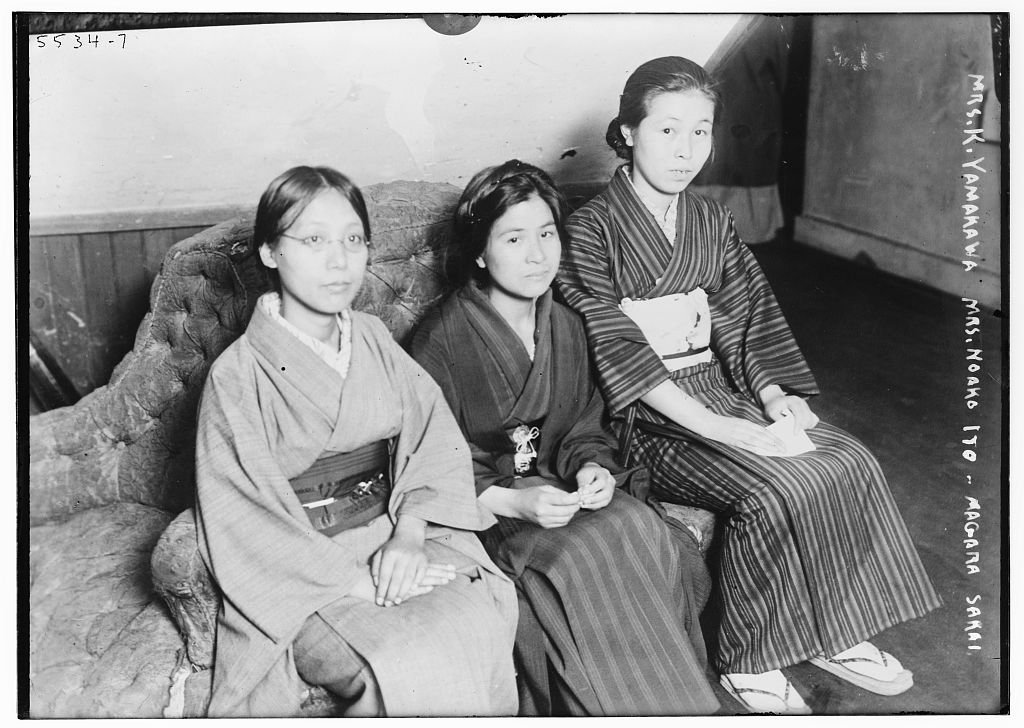
The Sekirankai (1921), or Red Wave Society, was a Japanese women’s-rights organization born from leftist members of a Japanese newspaper group called the Seito circle. Established explicitly by Sakai Magara, Hashirura Haruko, Kutsumi Fusako, and Akizuki Shizue, these socialist figures assembled the group as a response to the Taisho government’s misogynistic policies, censorship, and increased militarism. Moreover, with the assistance of various political connections to the Japanese Communist Party and prominent advisors, Yamakawa Kikue and Itō Noe, the organization pushed for a reformist transformation of the Japanese government.
Overall, the Sekirankai is notable for its political rallies in support of feminism and its position as the first women’s socialist organization. Throughout 1921, the association participated in a variety of seminars, leftist book distributions, and public demonstrations, such as the prominent May Day Protest. However, following a surge in imprisonment and assassination of the leadership, the group eventually disbanded only six months after its inception. Regardless, the Sekirankai remains an organization that demonstrates the origins of organized female political resistance and reformist ideology within the Taisho period.
FURTHER READING
Hartley, Barbara. 2020. “Sakai Magara: Activist Girl of Early Twentieth Century Japan.” Girlhood Studies 13 (2): 103–18. https://doi.org/http://dx.doi.org/10.3167/ghs.2020.130209.
Hane, Mikiso. 1998. “The Sekirankai.” In Reflections on the Way to the Gallows: Rebel Women in Prewar Japan, 125-27. University of California Press.